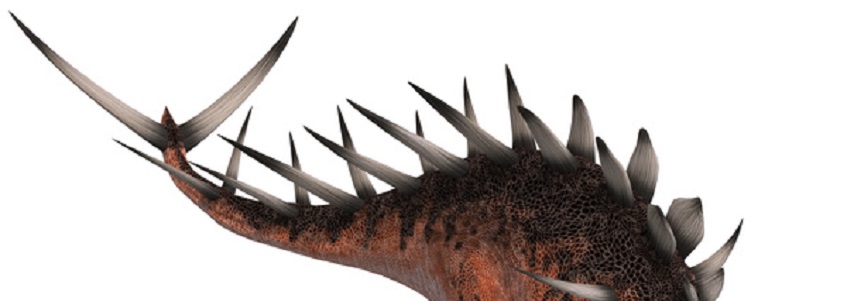Alien Odds: The Drake Equation (Part Three)

Beaking news, all you guys! Inspired, doubtlessly, by the discussion of the Drake Equation right here on Rev. Matt’s Monster Science, the University of Aberdeen has released a study this month proposing that there might be more planets that can sustain life than previously thought! The study goes after the ‘Goldilocks Zone,’ this being the scientific expression of the odds of being eaten by bears – or no! The Goldilocks Zone is the distance away from a star that a planet can be and still sustain life. Not too close, and not too far; not too hot, and not too cold – get it? Anyway, what the Aberdeen study proposes is that a planet can be a good deal more distant from its star than previously thought and still sustain life, by virtue of subterranean water. Planets get warmer, you see, the deeper down you go into them, and if you go deep enough into any solid planet that isn’t amazingly far from its sun there is the potential for liquid water, and hence, life. And so the odds have, perhaps, increased! The additional life forms would now all be spooky cave monsters but what do you want, ewoks?

Anyway, back to the matter at hand. So far, we’ve gotten through f sub squiggle, which has brought us to the number of planets in the galaxy that have developed life on them. And we’re not swimming in these but there are quite likely plenty to go around. Ah, but we left off muttering darkly about how our next factor, f sub i, is going to make things worse for us. Let us steel ourselves and get into it.
